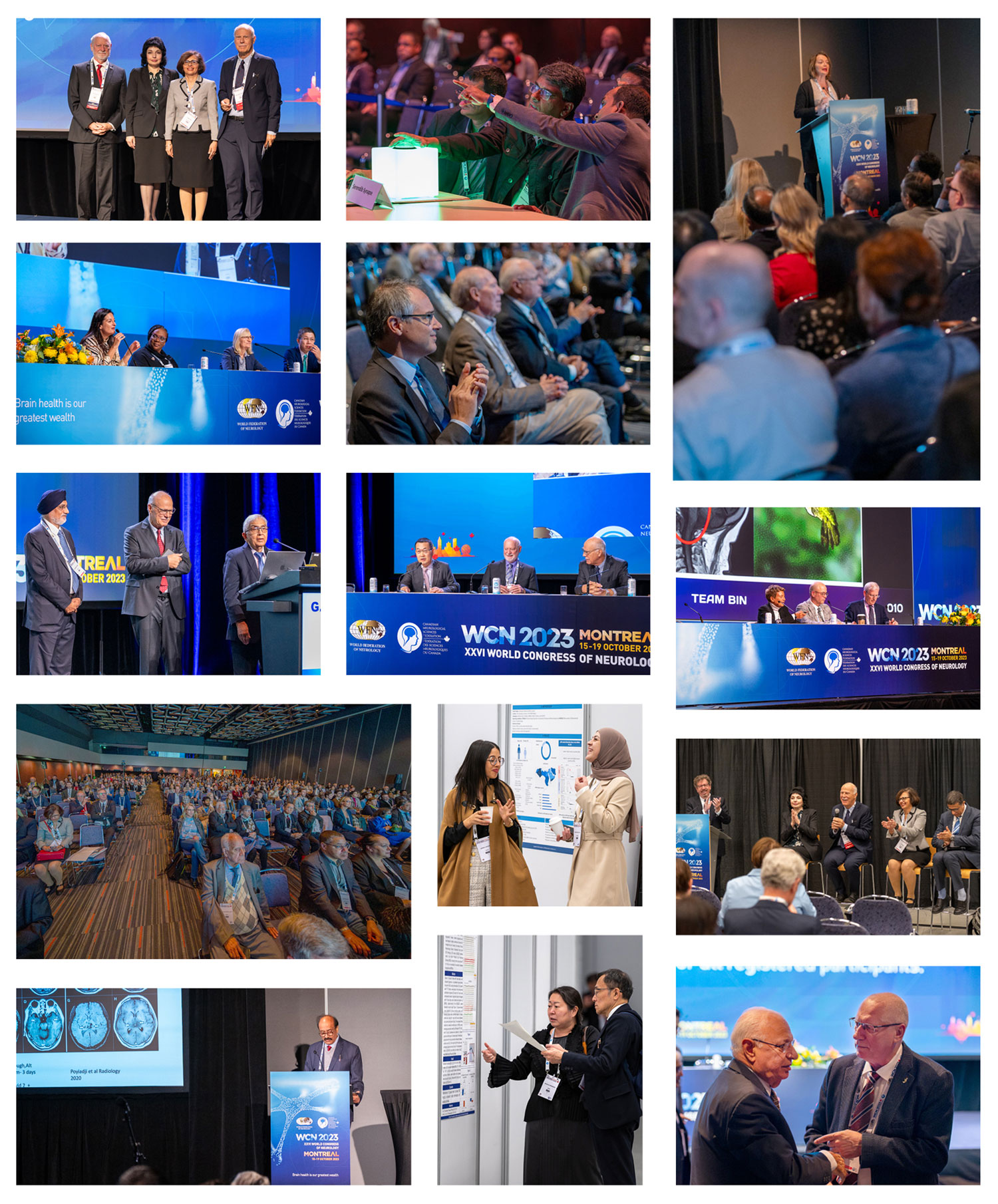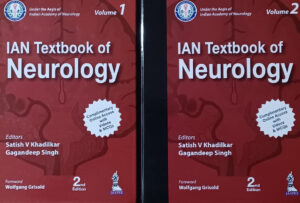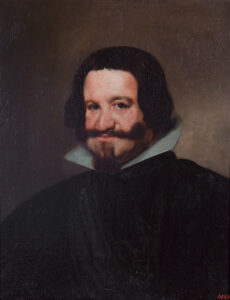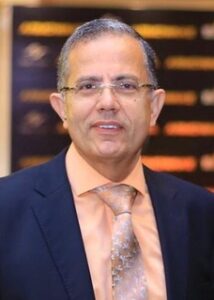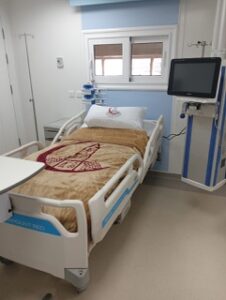A useful genetic data repository for clinical neurologists.
Foreward by Martin Krenn, Department of Neurology, Medical University, Vienna, Austria
A large number of neurological disorders are characterized by a strong genetic component, either in a monogenic or a more complex polygenic sense. This is illustrated by the extensive portion of the human genome actively expressed in the central and peripheral nervous systems. Over the past decade, new genome-wide sequencing technologies have enabled us to identify single-gene etiologies in an increasing number of cases. More recently, these methods have also entered clinical routine diagnostics. As most of these conditions are very rare, the utilization of publicly available genetic databases is of utmost relevance for clinical neurologists to better understand human gene-disease relationships in neurogenetic disorders.
The Online Mendelian Inheritance in Man (OMIM) database offers a widely used, comprehensive, and constantly updated compendium of a vast number of monogenic (Mendelian) conditions. It is based on the most recent biomedical literature and thus constitutes a particularly useful resource for clinicians, often referenced in genetic diagnostic reports. It can be expected that the clinical value of such repositories will further increase in the coming years, as new neurogenetic disorders are still being discovered at a rapid pace, and more targeted treatments for patients are being developed.
The Online Mendelian Inheritance in Man
Cassandra Kniffin Arnold and Joanna Amberger
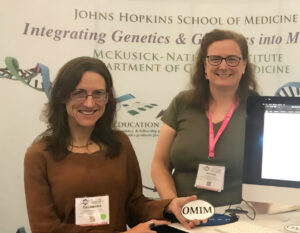 In 1863, Nikolaus Friedreich described a juvenile-onset form of hereditary ataxia (Friedreich ataxia). Several years later, George Huntington described an adult-onset hereditary chorea (Huntington disease). Nearly 100 years later, these familial genetic neurologic disorders, along with over 1,400 other genetic disorders, were included in Dr. Victor McKusick’s seminal textbook Mendelian Inheritance in Man: Catalogs of Autosomal Dominant, Autosomal Recessive, and X-linked Phenotypes (MIM). These catalogs were updated and published regularly, and in 1987, MIM was made freely available and searchable online as OMIMTM. Today, www.OMIM.org is a continuously updated, freely available compendium containing over 27,000 structured descriptions of human genetic disorders and genes. Currently, OMIM describes over 7,400 disorders caused by pathogenic variants in over 4,800 genes. On average, over 35,000 clinicians and researchers worldwide use OMIM daily to assist in disease gene discovery, clinical diagnosis, and management of genetic diseases, as well to understand the molecular bases of disease and the underlying medical science.
In 1863, Nikolaus Friedreich described a juvenile-onset form of hereditary ataxia (Friedreich ataxia). Several years later, George Huntington described an adult-onset hereditary chorea (Huntington disease). Nearly 100 years later, these familial genetic neurologic disorders, along with over 1,400 other genetic disorders, were included in Dr. Victor McKusick’s seminal textbook Mendelian Inheritance in Man: Catalogs of Autosomal Dominant, Autosomal Recessive, and X-linked Phenotypes (MIM). These catalogs were updated and published regularly, and in 1987, MIM was made freely available and searchable online as OMIMTM. Today, www.OMIM.org is a continuously updated, freely available compendium containing over 27,000 structured descriptions of human genetic disorders and genes. Currently, OMIM describes over 7,400 disorders caused by pathogenic variants in over 4,800 genes. On average, over 35,000 clinicians and researchers worldwide use OMIM daily to assist in disease gene discovery, clinical diagnosis, and management of genetic diseases, as well to understand the molecular bases of disease and the underlying medical science.
The information in OMIM is based on the peer-reviewed biomedical literature. Priority for inclusion in the database is given to published papers that provide significant insight into the phenotype-genotype relationship, expand our understanding of human biology, or contribute to the characterization of a genetic disorder.
Each OMIM entry (phenotype or gene) has a preferred title, with alternative names if relevant, and is given a unique 6-digit number that remains stable, even if the name changes. These OMIM accession numbers are used widely in publications and databases. OMIM entries are text-based and organized into consistent headings. Gene entries include information on gene structure, expression, function, animal models, and allelic variants, when available. Phenotype (disorder) entries include information on clinical features, inheritance, pathogenesis, genotype-phenotype correlations, and molecular genetics. In addition, each phenotype entry has an accompanying Clinical Synopsis, a concise tabular anatomical listing of the clinical features described in patients with the disorder. The relationship between phenotypes and genes is summarized in OMIM’s tabular Gene Map.
From its inception, MIM has played a foundational role in the nosology and naming of genetic disease.
In general, the naming and classification of disorders (phenotypes) in OMIM reflect that used in the respective medical community or as designated in the published paper(s).
OMIM curators evaluate reports of new phenotypes in the context of those present in the catalog and consider the following questions.
- How many patients have been described in how many reports?
- What shared features actually define the phenotype, and how thorough are the clinical descriptions?
- Does this constellation of features represent a new entity?
- Do the different features of a disorder constitute clinical variability of a single disorder or define separate disorders?
- Have the same or similar features been described under a different name?
- Is the phenotype similar to others in OMIM?
- Can the phenotype be classified with any other disorders?
Answering these questions must also take into account the views and possible disagreements in the genetics community as well as published nosologies. Since the definition of a phenotype (constellation of features) as a genetic entity is an evolving process, the names of a disorder in OMIM may change over time, but an OMIM number remains stable. Disease names should be unique, enhance clinical care and classification, and be easy to communicate. Acronyms and eponyms can both serve in this capacity, although eponyms should be used sparingly. When disease names, designations, and classification schemes are not provided in the papers or are not agreed upon in the medical community, the process of disease naming and classification involves defining recognizable patterns of features and highlighting those that allow one condition to be distinguished from another. For new disorders, the three to five most clinically significant features are selected to create an acronym or initialism that is both informative and memorable. It may seem appealing to name a genetic disorder after a gene; however, this is not recommended for several reasons. Patients present with clinical features, and not all phenotypes have a recognized molecular basis. Importantly, many people around the world will not be sequenced and their conditions should be catalogued. Additionally, one-third of disease genes cause more than one phenotype, each with its own unique features, prognosis, molecular pathogenesis, and treatment. Phenotypes and genes are distinct concepts, and their names should change appropriately and independently to reflect greater knowledge. The OMIM number unifies clinical names and aliases under a single identifier.
If the same or similar phenotype exists in OMIM but that phenotype is caused by variants in a different gene, the existing name is used and a serial number is added at the end. These genetically heterogeneous phenotypes are then assembled into “Phenotypic Series” and given a unique PS accession number. Grouping similar phenotypes using clinical naming provides unique insights into molecular mechanisms and disease etiology, and offers a broader context for understanding the complexity of similar diseases. Examples of genetically heterogeneous neurologic disorders include Charcot-Marie-Tooth disease (CMT, PS118220), hereditary spastic paraplegia (SPG/HSP, PS303350), spinocerebellar ataxia (SCA, PS164400), and developmental and epileptic encephalopathy (DEE, PS308350). The clinical synopses of members in a Phenotypic Series can be viewed side-by-side on the website; such a view reveals differences that can guide physicians toward the right diagnosis and management or treatment. Each Phenotypic Series sheds light on shared molecular pathology and mechanisms of disease and/or can reveal new divergent avenues of investigation.
OMIM.org is freely accessible and is intended for use primarily by physicians and other professionals concerned with genetic disorders, by genetics researchers, and by advanced students in science and medicine. The entries have copious directed links to external resources including DNA and protein databases (GenBank, Ensembl, UniProt), clinical resources (genetic testing sites, ClinGen, Orphanet), genetic variant resources, (ClinVar, gnomAD), and animal model databases (Mouse Genome Informatics, OMIA). OMIM supports programmatic access to its content via an API (Application Programming Interface). Also available from OMIM.org is the service MIMmatch. MIMmatch is a way for a user to follow OMIM entries of interest and to find other researchers who may share interest in the same topics. Registered MIMmatch users are able to receive alerts about updates to genes and diseases of interest and/or receive notification of new phenotype-gene relationships added to OMIM. Help in using OMIM.org is available from the website with both written guides and short video tutorials.
For over 55 years, OMIM has chronicled the collected knowledge of the field of medical genetics and remains one of the primary repositories of curated information on both genetic disorders (phenotypes) and genes and the relationships between them. •
Cassandra Kniffin Arnold, MD, is senior medical writer, and Joanna Amberger is program manager at OMIM, Johns Hopkins University in Baltimore, Maryland. Dr. Martin Krenn, PhD, is from the Department of Neurology, Medical University of Vienna in Austria.
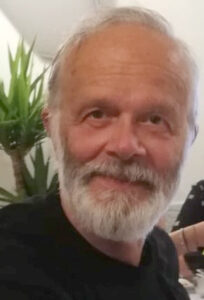
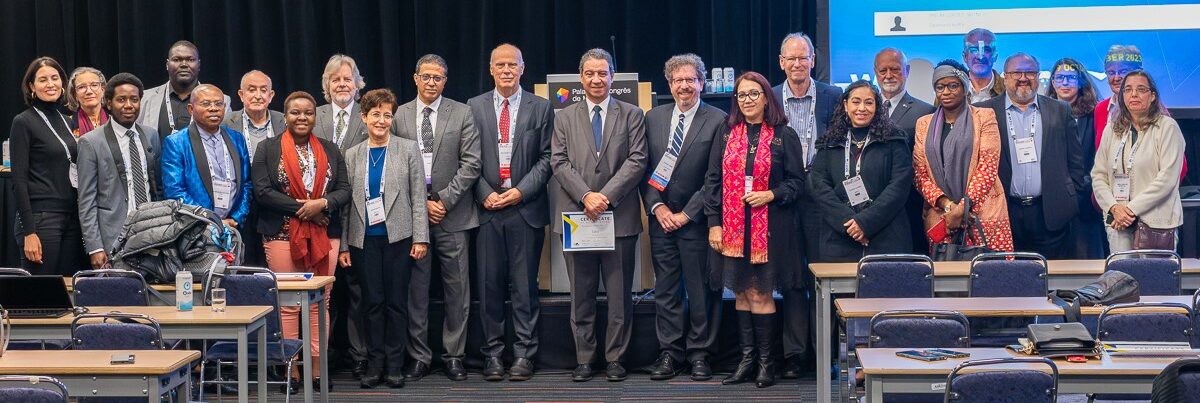 Welcome to World Neurology, the WFN newsletter, which contains several important contributions and has become the main instrument of information on WFN activities as well as other neurological activities worldwide.
Welcome to World Neurology, the WFN newsletter, which contains several important contributions and has become the main instrument of information on WFN activities as well as other neurological activities worldwide.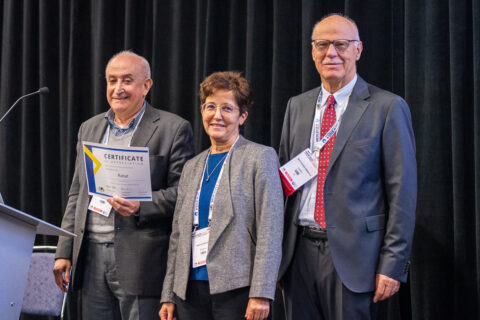 WCN 2023 Montreal
WCN 2023 Montreal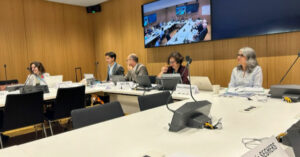 This two-day meeting in Geneva, Switzerland, was composed of worldwide high-level representatives looking at essential medicines for neurological disorders. It was organized through collaboration of several WHO departments, including the Brain Health Unit, the Medicines and Health Products Division and the Non-Communicable Diseases Department, as well as representatives of several WHO regional and country offices.
This two-day meeting in Geneva, Switzerland, was composed of worldwide high-level representatives looking at essential medicines for neurological disorders. It was organized through collaboration of several WHO departments, including the Brain Health Unit, the Medicines and Health Products Division and the Non-Communicable Diseases Department, as well as representatives of several WHO regional and country offices.